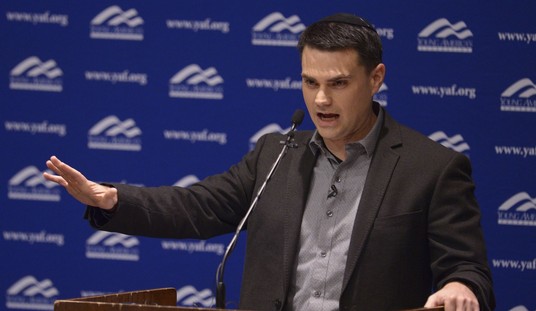Is Donald Trump a supply-sider? In his still young presidential campaign, he has said several times that he wants to be the “jobs president.” In his announcement speech, he put it this way: “I will be the greatest jobs president that God ever created.”
But those are generalities, and Trump has been short on specifics. In particular, he has said very little, if anything, about his tax policy. But a couple of recent articles on Trump and taxes have caught my eye. Heather Long at CNN Money and Tony Nitti at Forbes have done some digging. And much of what they write is confirmed by specific past Trump tax statements listed at OnTheIssues.org.
Their findings? Like so many things in the Trump story, the Trump tax policy is a mixed bag. But there’s a nice dose of supply-side in that mix.
In a Wall Street Journal op-ed back in May 1999, Trump praised Ronald Reagan’s tax-rate cuts. He also trashed then-Senator Bill Bradley’s elimination of the real-estate investment-tax shelter known as the “passive loss” deduction. I think Trump’s basic point was that ending that deduction overnight without any transitional grandfathering was a giant mistake that sent commercial real estate and the savings-and-loans that financed them into a deep tailspin. I agree with this. Getting rid of the deductions was a good idea, but doing it so fast led to the banking and real-estate crash of the late 1980s.
Trump also attacked Bradley for putting a lid on IRA savings accounts, which caused a big drop in personal retirement saving.
So far so good.
But Trump shifted into tax-the-rich mode during the 2000 presidential campaign. He proposed a one-time tax of 14.25 percent on the assets of individuals and trusts in excess of $10 million. He seems to have believed that $5.7 trillion in revenue from his wealth tax could be used to pay off America’s debt.
Recommended
Later on, Trump shifted again, saying he was strongly in favor of extending the George W. Bush tax cuts. But the Trump tax tale gets a lot more interesting in 2011, when he came out with Time to Get Tough. From what I can piece together, his tax talk in the book is pure supply-side.
For instance, he proposed four income-tax brackets: 1 percent for incomes up to $30,000, 5 percent for incomes of $30,000 to $100,000, 10 percent for incomes of $100,000 to $1 million, and 15 percent for incomes of $1 million or more. A bit messy, but right direction. He also wanted to kill the death tax, lower the taxes on capital gains and dividends, and eliminate corporate taxes.
In the book he quotes Ronald Reagan, who said, “The more government takes in taxes, the less incentives people have to work.”
And really tugging at my heart strings -- I am writing a book with Brian Domitrovic on the JFK tax cuts -- Trump wrote,
BLOCKAs with most things, President Reagan had it right. But Reagan was merely echoing the economic thoughts of President John F. Kennedy, who had already said, in 1962, and I quote, “The paradoxical truth is that the tax rates are too high today and tax revenues are too low, and the soundest way to raise revenues in the long run is to cut rates now.”ENDBLOCK
Woah! Nailed it.
Trump went on to write,
BLOCKReagan and Kennedy’s views prove that smart tax policy shouldn’t be a partisan issue. It should be common sense. If you tax something you get less of it. It’s as simple as that.ENDBLOCK
This is right out of the Art Laffer playbook.
Now, I have no idea, here in 2015, if Donald Trump still believes this. But if he does it is a very good thing. It’s solidly pro-growth -- the incentive model of growth. But so far he hasn’t talked about it.
And then there’s the big downside to Trump’s tax plan: In his 2011 book he supported a 20 percent tariff on all imported goods. This, of course, would be a huge tax hike on consumers and any businesses that purchase imports.
More recently, according to CNN Money’s Heather Long, he has threatened a 35 percent tax on Ford vehicles made in Mexico and brought back to the United States. And back in 2011 he suggested a 25 percent tariff on goods coming here from China. If this is correct, it’s not only anti-growth, it’s trade war.
I would observe that, in general, Trump’s rhetoric is almost always protectionist. Neither Reagan nor Kennedy would have supported that.
So, as we move towards next week’s GOP presidential debate, and get to economic questions on taxes and trade, will the real Donald Trump stand up?
Are you a supply-sider or not, Mr. Trump?

























Join the conversation as a VIP Member